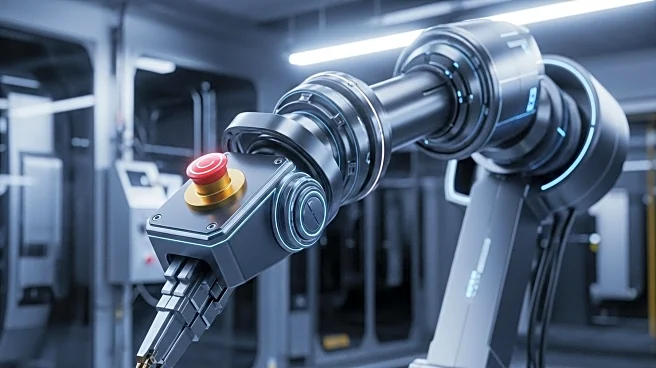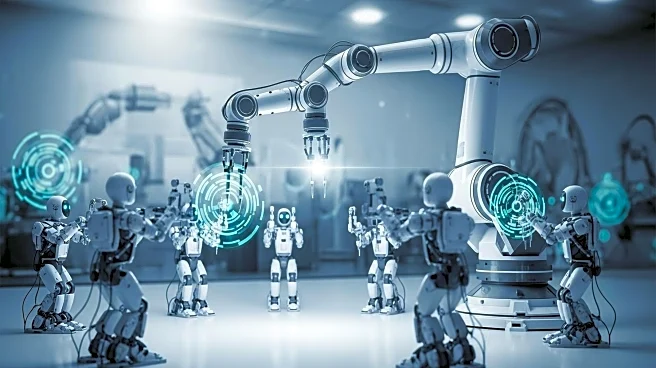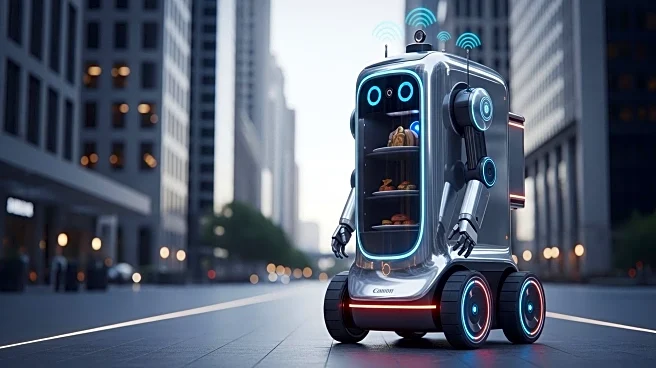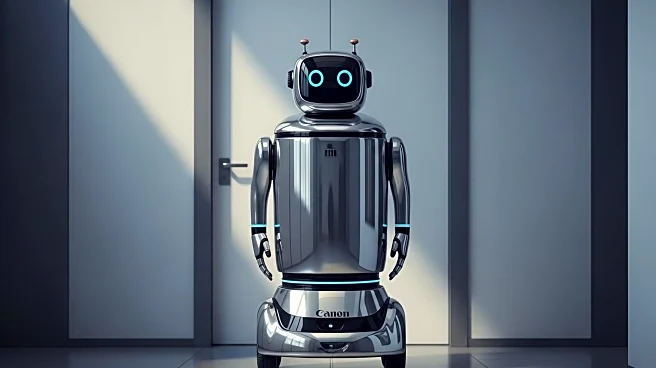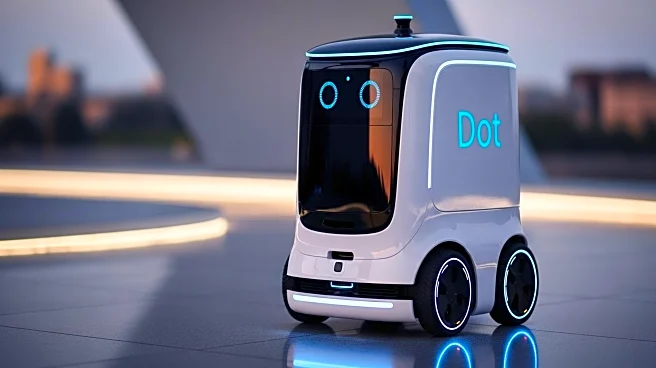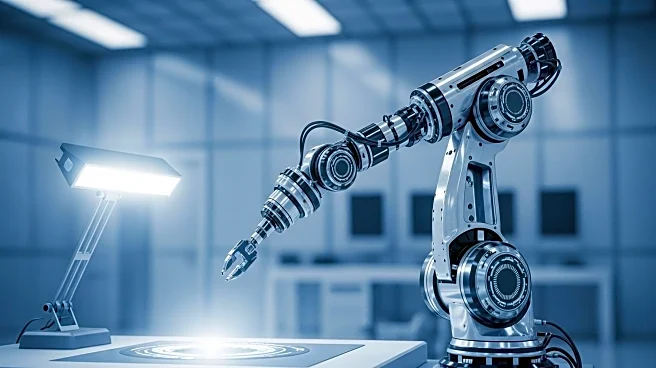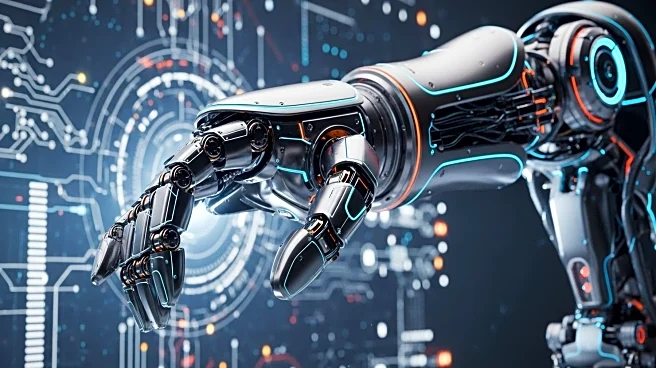What's Happening?
Renowned roboticist Rodney Brooks has published a critique on the current state of humanoid robotics, arguing that achieving human-level dexterity in robots is unrealistic in the near term. In his essay, Brooks highlights the limitations of current humanoid robots, emphasizing that industrial grippers and suction remain the only robust options for manipulation. He points out that recent AI breakthroughs succeeded due to domain-specific engineering, which is lacking in humanoid robotics. Brooks suggests that meaningful progress will require new data collection methods and patient engineering efforts.
Why It's Important?
Brooks' critique is significant as it challenges the optimistic timelines often associated with humanoid robotics, urging a more realistic approach to development. His insights could influence investors and startups to reconsider their strategies, focusing on practical applications rather than speculative advancements. This perspective may lead to a shift in funding priorities, encouraging research that addresses fundamental technical challenges. By highlighting the need for tactile data and robust engineering, Brooks' analysis could steer the industry towards more achievable goals, ultimately benefiting sectors reliant on robotic automation.
Beyond the Headlines
Brooks' critique also raises ethical and safety concerns regarding humanoid robots. His advice to maintain a safe distance from full-size walking robots underscores the potential risks associated with current designs. This highlights the need for stringent safety standards and regulations as the industry progresses. Additionally, Brooks' vision of future humanoid robots diverges from current human-mimicking designs, suggesting a shift towards more functional and diverse robotic forms. This could lead to a broader acceptance of robots in various industries, as they become more tailored to specific tasks rather than imitating human capabilities.

